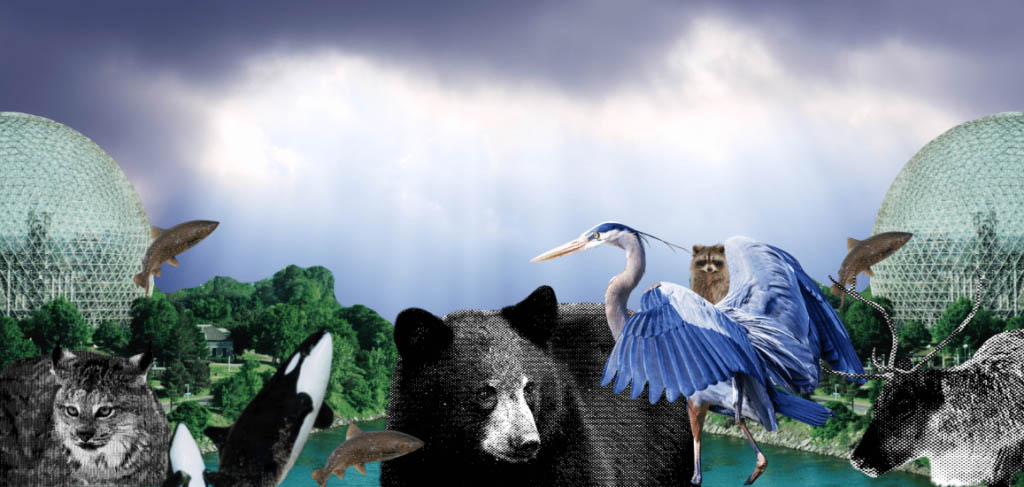This month, the 15th Conference of the Parties (COP15) to the United Nations Convention on Biological Diversity (CBD) takes place in Canada. As the largest international biodiversity summit in more than a decade, this is Canada’s chance to step up as a leader in the global fight against nature loss.
Around the world, one million species are at risk of extinction. That means within two generations, we could see the collapse of entire ecosystems. All people in Canada, particularly Indigenous Peoples, depend on the well-being of the natural world to support our cultures, health, and economy. We rely on healthy ecosystems to provide us with the air we breathe, the water we drink and the food we eat.
COP15 is our opportunity to come up with a credible plan for humans to live in harmony with nature — before it’s too late.
When and where is it?
COP15, also known as Nature COP or the Biodiversity COP, will be held in Montreal, Quebec, from 7 to 19 December 2022. For the first time in over a decade, delegates from 196 countries will set new targets to halt and reverse the loss of biodiversity worldwide.
Didn’t we just have a COP?
Biodiversity and climate COPs are different. COP27, which just wrapped in Egypt, focused on the climate emergency and the need for countries to deliver on the landmark Paris Agreement. COP15 is focused on safeguarding plant and animal species and ensuring natural resources are used sustainably.
Despite these differences, there are clear and important overlaps in the goals of both summits. Around the world, biodiversity loss is exacerbating climate change by destroying nature’s ability to capture and store carbon. Nature-based solutions offer some of our best options in the fight against climate change.
Who’s in charge?
Although COP15 is taking place in Canada, China is still the host nation. The summit was originally scheduled to be held in Kunming, China in 2020 but was postponed several times due to pandemic restrictions. As Montreal is already the seat of the UN CBD Secretariat, Canada offered to hold the event here with China retaining its scheduled presidency.
What happened at the last nature COP?
At COP10 in 2010, governments from around the world agreed to an ambitious set of goals called the 20 Aichi Biodiversity Targets. While governments have — so far — failed to meet these or any of the targets set in the history of the CBD, there is still hope that COP15 could be a turning point. A lot has changed since the last round of negotiations at COP10 in Japan over a decade ago. Environmentalists are hoping that COP15 will provide a common goal for nature protection, just as the Paris Agreement did for climate.
What do we want from this one?
At COP 15, countries are aiming to adopt a globally agreed framework called the Post-2020 Global Biodiversity Framework — for “living in harmony with nature.” The framework outlines what counties need to do, individually and collectively, to protect species and ecosystems. The vision is that by 2050 “biodiversity is valued, conserved, restored and wisely used, maintaining ecosystem services, sustaining a healthy planet and delivering benefits essential for all people.”
With large tracts of intact forest and one quarter of the wetlands remaining in the world, Canada is uniquely positioned to lead the way when it comes to protecting biodiversity. What we do with our environmental policies could have a ripple effect for the entire world.
The federal government has set ambitious biodiversity goals, but so far, it has a poor track record of reaching them. To ensure Canada hits its targets, we need laws that hold governments to account for meeting them and that respect the rights of Indigenous communities.
Learn more at: Ecojustice







